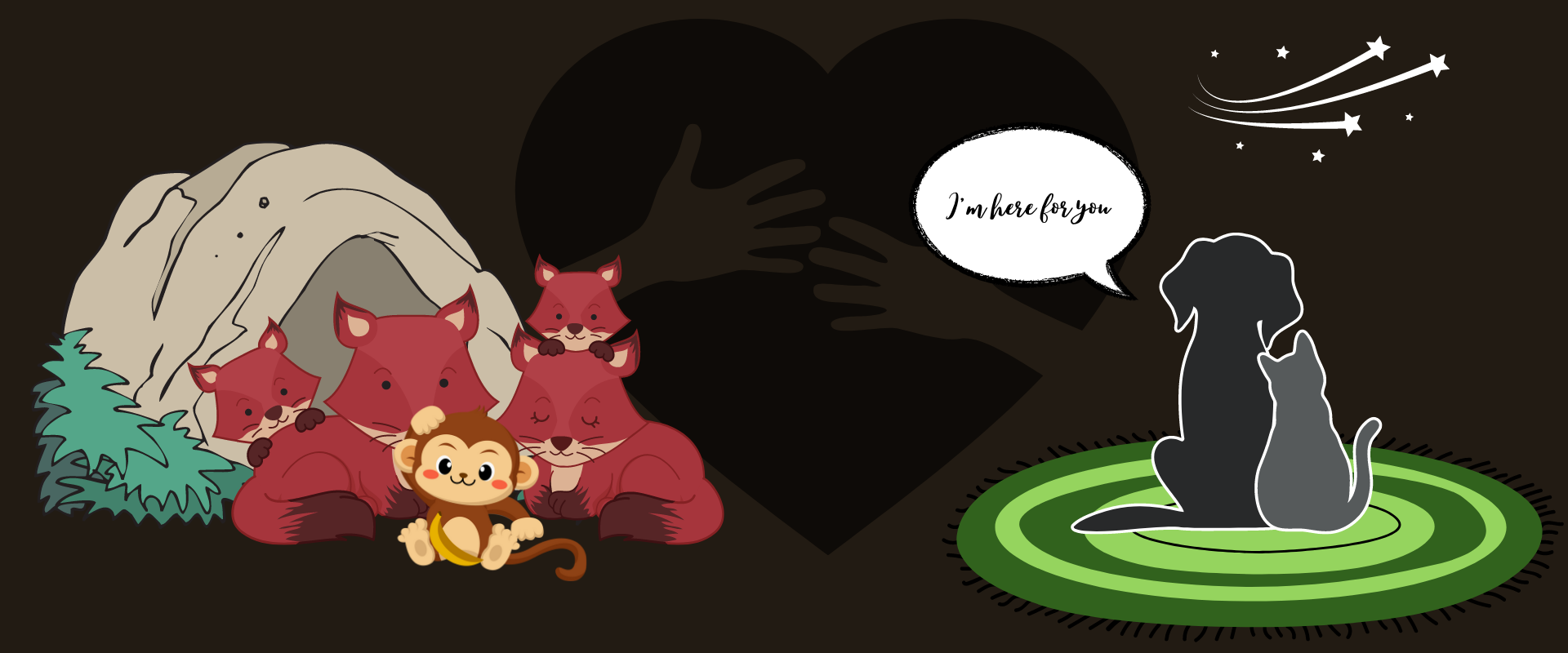Do Animals Adopt Orphans?
Aug 08, 2021 | 3 min read

Aug 08, 2021 | 3 min read

Animals express their love in many ways. They develop a special bond among themselves when they live together. Just like humans adopt children from outside their families, so do animals. They adopt orphaned youngsters of their species to care for and protect their instinctual need for species protection. Interestingly, besides adopting young ones of their species, they do so with the young ones of different species also. There are hundreds of examples of animals showing empathy and nurturing instincts toward other animals within their own species and outside of their species. Animals create bonds for security reasons and also over a need for caring and companionship.
Adoption is very common in domestic animals because of the attachment they develop when put together. There are also many unusually paired animals living together, like parents and children. Some examples for such overwhelming stories of adoption are:
A mother hen adopted a litter of abandoned puppies, a raccoon who generously adopted a tabby kitten, a pit bull adopted three baby turkeys, a group of sperm whales adopted a deformed baby dolphin, and a cow adopted a baby leopard are other examples.
There are certain proposed reasons for adoption among animals. Mutual benefit is one of the reasons for adoption in animals. Here, “both sides can gain an advantage by sticking together.” For instance, adding a member to a group of animals could help them secure more food or offer greater security. Sometimes mutual benefit can also be as simple as social companionship as long as the conditions created do not generate unwanted competition or threats. Many scientists believe that most adoptions among animals happen due to their feelings of empathy for others. Adoption of other animals outside of their own species goes against the Darwinian theory of survival of the fittest. Then why do they do so? Sometimes the urge to nurture takes over. Such adoptions can be quite beneficial in companionship and survival and also in future relationships between the adopter and the adoptee’s species.
The drive to care for helpless infants is fairly universal among animals, and this builds an instinct among animals to adopt young ones who need care and protection.